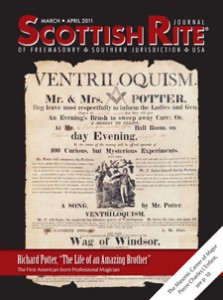Student Blog: Why questioning the existence of Afro-Mexicans is problematicPosted in Anthropology, Articles, Caribbean/Latin America, Media Archive, Mexico, Social Science on 2014-10-05 21:18Z by Steven |
Student Blog: Why questioning the existence of Afro-Mexicans is problematic
Baker Institute Blog
Insight and analysis from the James A. Baker III Institute for Public Policy at Rice University
2014-08-25
Sharae DeWitt
Rice University, Houston, Texas
Race has been closely tied to Mexican identity since the Mexican Revolution in 1910. The national ideology is centered on mestizaje, referring to the mixing between Spaniards and indigenous peoples. According to this belief, true “Mexicanness” is linked to being mestizo, or someone who is exclusively of Spanish and indigenous descent. Some Mexicans believe in fact that racism in the country has been erased due to the mestizo heritage, but this belief overlooks the exclusion of African heritage and those of African descent living in Mexico from the country’s history and ideology.
Mexican society has all but ignored the historical presence and economic contributions of Africans, despite the fact that Mexico imported about 200,000 African slaves during the colonial period. Throughout Mexico’s history, Africans were viewed as the lowest race within the colonial caste system. Intellectuals and government leaders debated the economic merits and capabilities of Africans. In the end, Afro-Mexicans lost touch with their African roots as the ideal of mestizaje stipulated assimilation, and Mexico’s national identity was built around this concept. The black presence in Mexico was essentially written out of history after the war for independence and during the revolution, with the government only classifying people as white, Indian or mestizo…
Read the entire article here.

